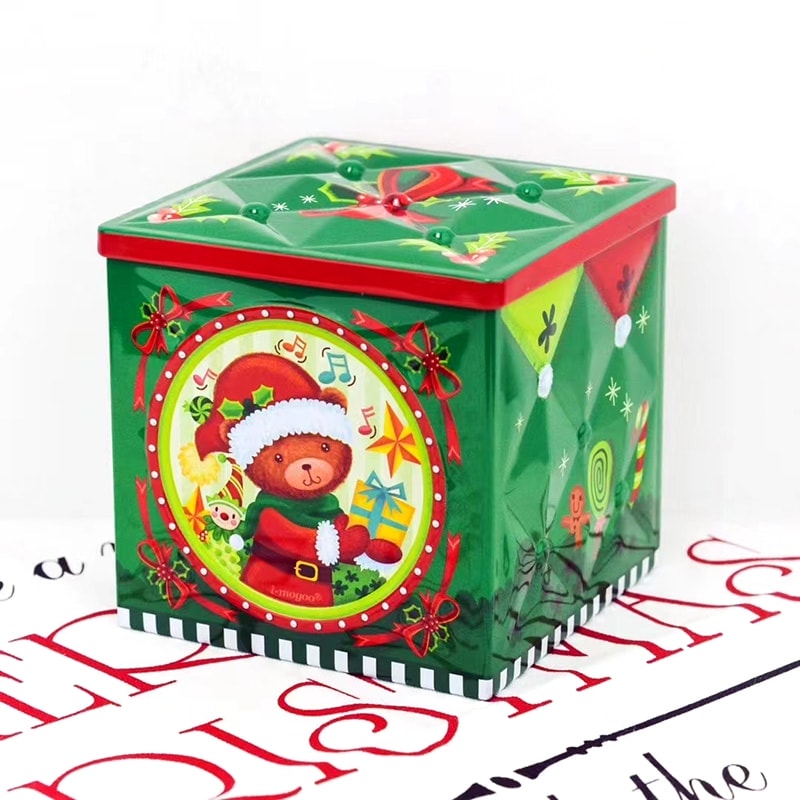
Abstract:
The burgeoning trend of premiumization in consumer goods has driven manufacturers to diverge from conventional packaging paradigms to offer unique, value-added experiences to discerning customers. This paper explores how this trend compels manufacturers to innovate in can design and packaging formats, focusing on differentiation, functionality enhancement, brand storytelling, material innovation, and environmental sustainability, among others. Through a synthesis of current practices and emerging trends, the paper reveals that premiumization not only elevates product perception but also acts as a catalyst for technological integration and multi-sensory engagement in packaging strategies.
Introduction:
Premiumization has emerged as a pivotal strategy for manufacturers seeking to capture the attention and loyalty of consumers in crowded marketplaces. This strategy involves creating products and packaging that convey a sense of luxury, exclusivity, and superior quality. In the context of metal can packaging, a historically utilitarian and standardized format, premiumization presents opportunities for design and material innovation that transcend traditional expectations. This paper examines the drivers of non-traditional can design and packaging formats under the influence of the premiumization trend.
Differentiation and Design:
To differentiate their products, manufacturers are exploring unconventional can shapes, intricate embossing techniques, and novel design elements. Such distinctive packaging not only stands out on the shelf but also aligns with the aspirational desires of consumers willing to pay a premium for products that reflect their personal identity and lifestyle choices.
Enhanced Functionality:
Premium packaging often promises an enhanced user experience through improved functionality. Innovations in this domain include the development of resealable lids, ergonomic shapes for better handling, and easy-open features that offer convenience without compromising product integrity or safety.
Brand Storytelling through Packaging:
Premium packaging is leveraged as a storytelling tool, allowing brands to weave their narrative into the physical presentation of their products. By incorporating elaborate artwork, historical cues, and thematic elements into can designs, manufacturers create an immersive experience that resonates with consumers on a personal level.

Material Innovation and Sustainability:
A premium approach to packaging often necessitates the use of novel materials that are lighter, stronger, and more environmentally friendly. Progressive manufacturers are investigating biodegradable composites, recyclable metals, and renewable resources to balance the desire for premium appeal with the imperative of sustainability.
Technology Integration:
In an increasingly digital world, premium packaging is becoming a platform for technological integration. Features such as QR codes, NFC tags, and augmented reality interfaces are being introduced to can designs, providing consumers with interactive experiences that extend beyond the physical product.
Conclusion:
The impetus of premiumization in the packaging industry has catalyzed a renaissance in can design and packaging formats, enabling manufacturers to deliver value beyond the traditional confines of product containment. This evolution not only enhances consumer engagement and satisfaction but also aligns with broader societal movements towards personalization, sustainability, and experiential consumption. As such, premiumization represents not merely a marketing tactic but a fundamental shift in packaging strategy that continues to shape consumer expectations and industry innovation.
Keywords: premiumization, packaging innovation, can design, brand storytelling, material innovation, sustainability, technology integration, consumer experience.